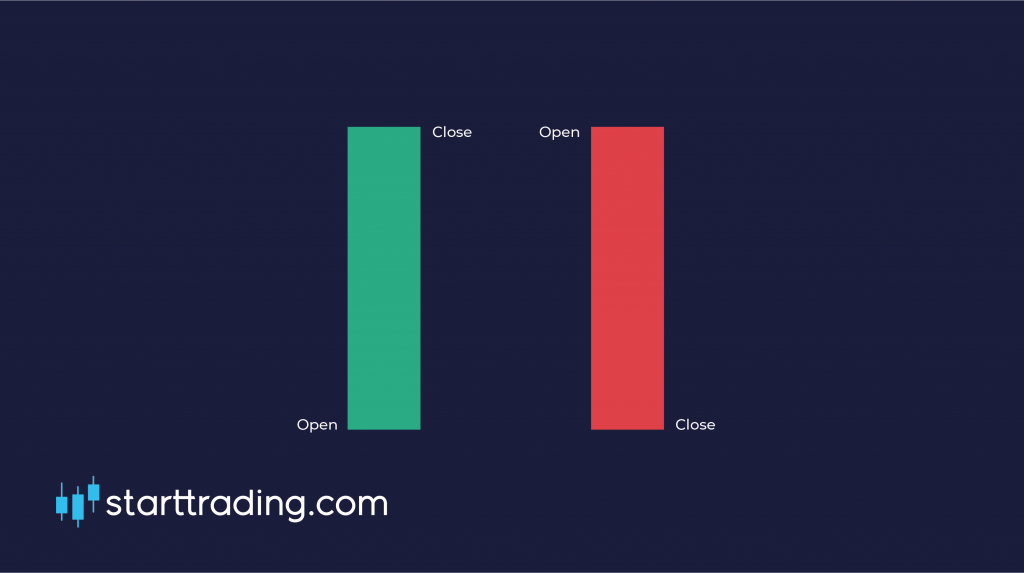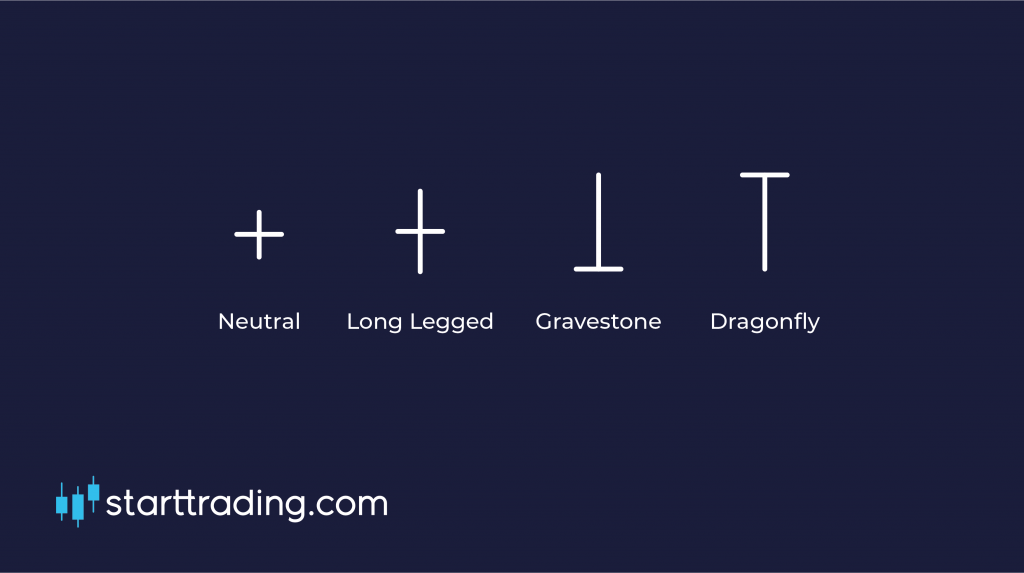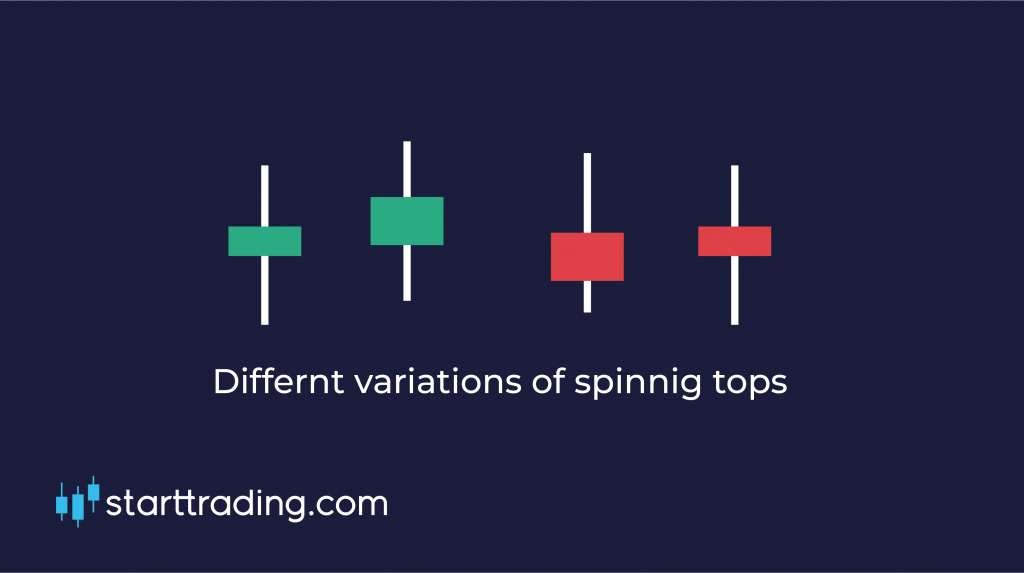What we have just previously covered is the absolute basics of candlestick chart reading. For us to become more accurate traders, we need to add advanced candlestick reading to our trading arsenal.
Don’t worry, it’s pretty straight forward as all you have to do is remember what each of the candle formations mean.
A good tip is to print out a candlestick cheat sheet and have it in front of you at all times while you are trading.
That way you have a quick reference of what you are looking at on your trading screen and you will help you to memorise each of the candlestick types.
Marubozu
A marubozu candle is a candlestick that has no shadows or wicks visible, all you can see is the real body of the candle.
This means that the price opened and one point and them continually moved in the same direction until it’s close. It also means that it closed at the lowest/highest point that it reached.
A green Marubozu candle is extremely bullish as it means the bulls had control during the entire formation of the candle. On the other hand, If it is a red candle, it is extremely bearish.

Doji
Doji candles are easily visible on the chart as they will typically look like a cross sign. This happens because a doji has the same open and close price, meaning that their bodies are very small.
However, dissimilar to the marubozu, a Doji candle will usually have a shadow and wick as the price has tried to move in one, or both directions but has inevitably closed at the same point in which it opened.

As you can see from the image above, there are four types of Doji, neutral, long legged, gravestone and dragonfly.
A doji normally signifies a point of indecisiveness and struggle within the market. The price has not moved and it highlights a point of equilibrium between buyers and sellers.
It is important to consider the candles that immediately precede and follow the doji candle as it can give a great insight into where the market is moving next.
If a Doji is created at the top of an uptrend then it may signify what we would call “buyer exhaustion”. This means that there are fewer buyers left at this price point and it could signify a reversal of the trend. The same can be said for downtrends, too.
Spinning Top
A spinning top is very similar to a doji and signifies pretty much the same thing. They are created when we see long wicks to both sides of a small candle body, hence the name spinning top.
They signify that the market may be slowing down during a trend and that there may be a possible reversal as neither the buyers or sellers have managed to gain a foothold during the candle formation.
